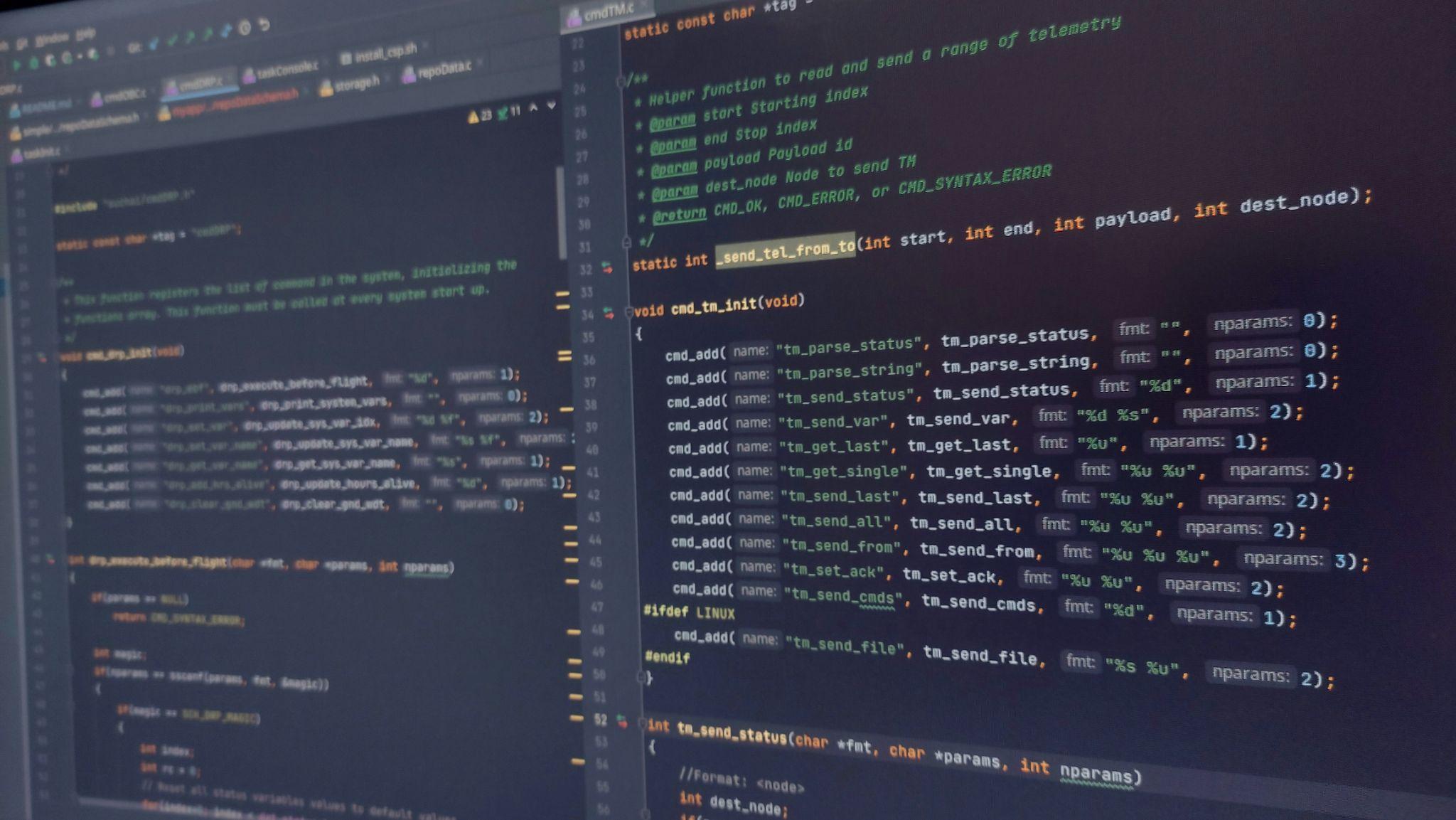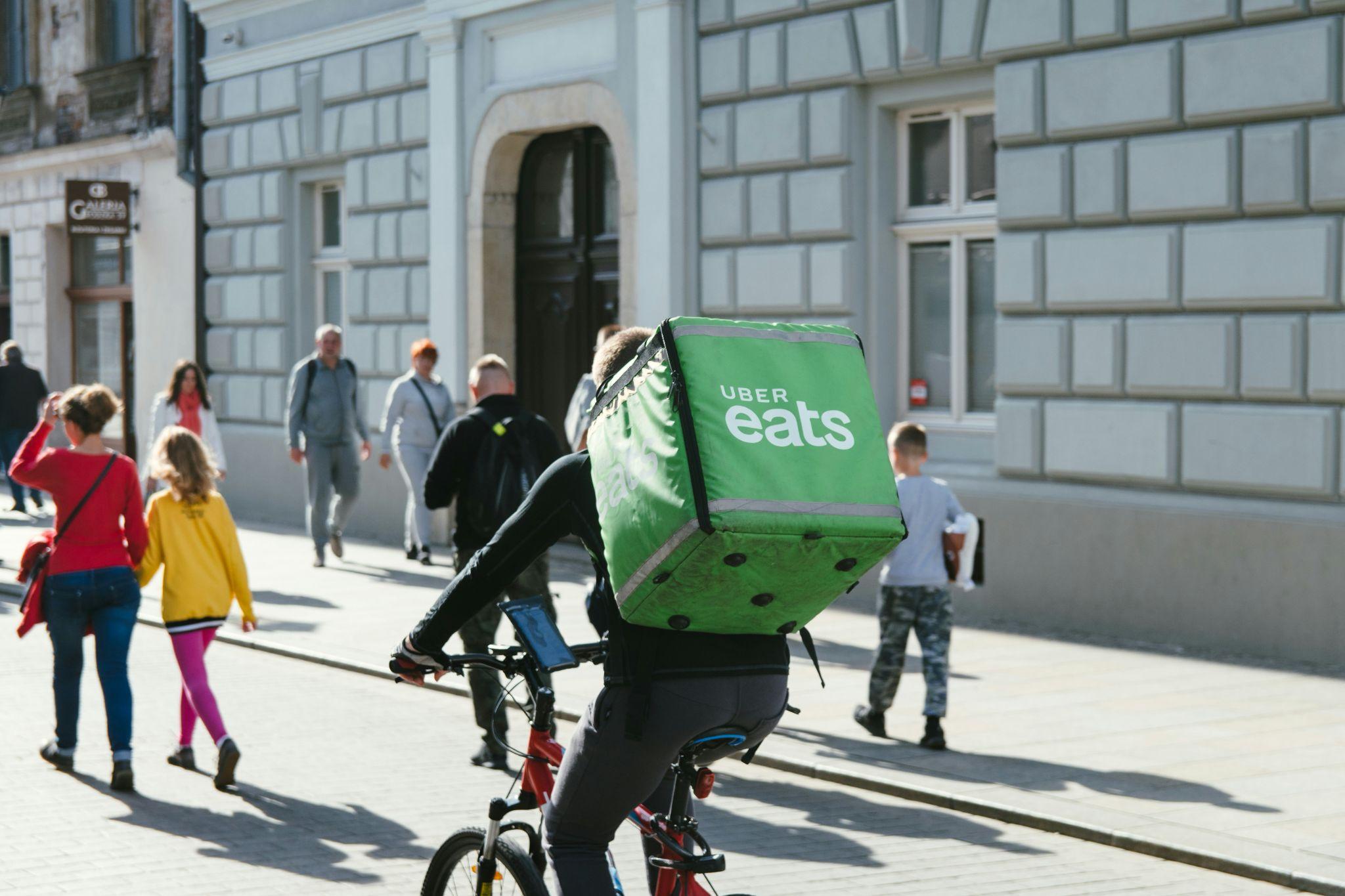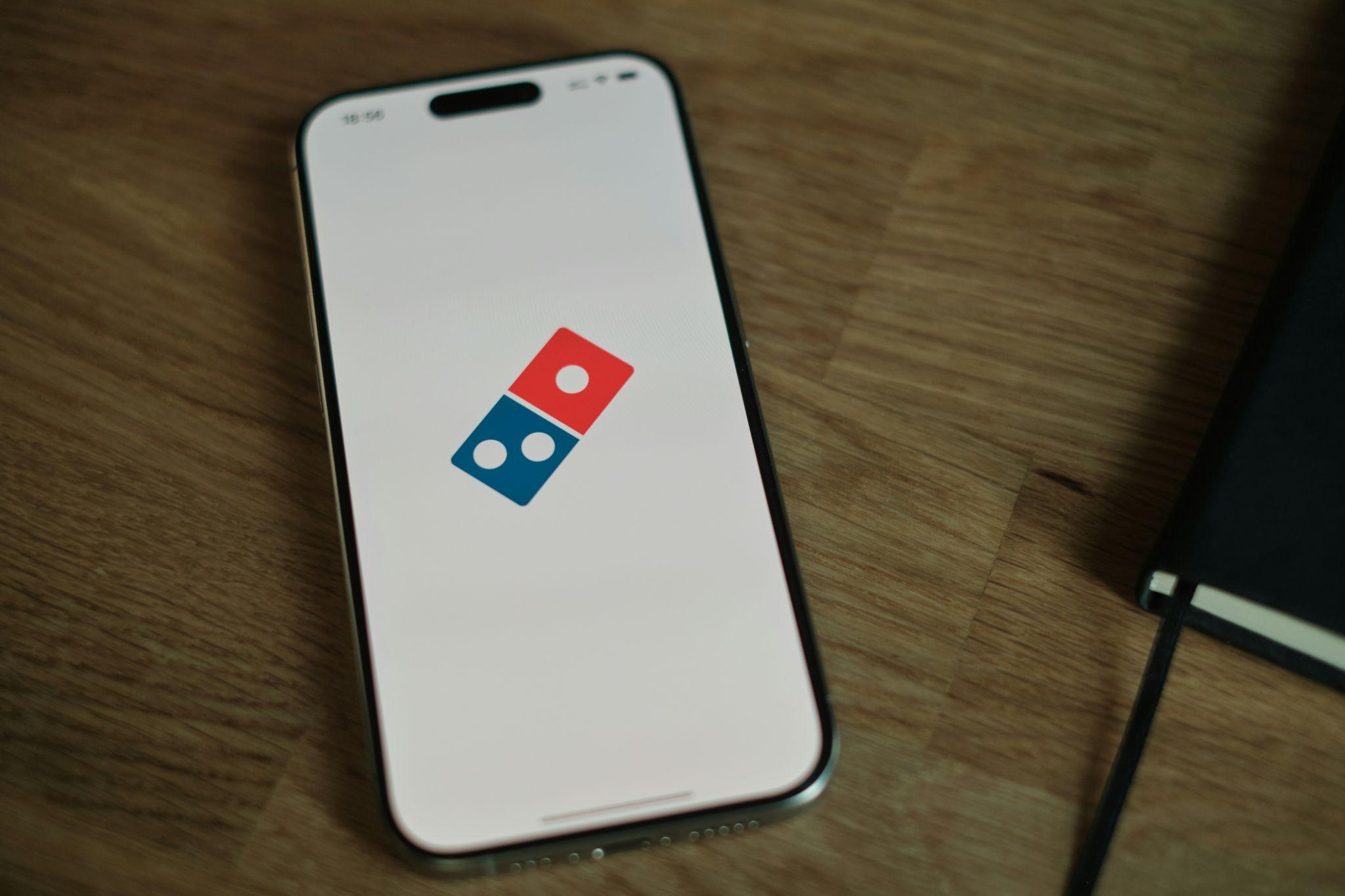Food delivery app development — it is not all about the backend, payment system integration and delivery tracking. It is largely about the user. Food Delivery App UX Design has a direct influence on whether the person will order food again, how quickly he can do this, and whether he will have a good experience using the service.
In Celadonsoft we ourselves have noticed: simple and convenient interface — it is not an «pleasant bonus», but one of the key success indicators of a product. Comfortable UX minimizes the frustration, increases the confidence in the modern service and contributes to formation of user’s habit — to order through your application. To learn more about our food app development, follow the link https://celadonsoft.com/solutions/food-delivery-app-development-services.
We develop the Food Delivery App UX Design as a response to real problems:
- Shorten decision to payment path. The fewer steps and screens, the higher the conversion.
- Simplify decisions. Easy photos, simple descriptions and responsive suggestions allow easy quick choice of a dish.
- Give a sense of control. Clear logistics and the ability to personalize the order increase satisfaction.
Here in this handbook we have summarized Food Delivery App UX Design best practices, established in real projects, as well as rules enabling us to build really intuitive, fast and «human» food ordering apps.
Here you will find convenient ideas for an MVP or even existing products, if you’re developing a product similar to one of ours, or you engage in Food Delivery App UX Design work.
In food delivery applications, the user comes with some purpose — to choose and order food as quickly as possible. Any innovation barrier on the way to the target reduces the chances of conversion. We in Celadonsoft believe the main UX-design task is to make the user feel the interface “gets” it with half-meaning. Particularly in a very competitive FoodTech business.
Structure and Clarity — Above All
We value a tidy and straightforward structure. The main navigation pattern is the bottom tab bar (tab bar). It allows you to keep the most significant sections of the application (main, search, orders, profile and basket) within easy reach. Unlike the messy hamburger menu, tab bar does not require any extra click, time-saving and making the interaction predictable.
Minimum Steps — Maximum Result
The shorter path to the order, the greater the opportunities to make a purchase. We design the UI so that the user can go from the main screen to the confirmation of the order in 3-4 steps. Ideally — without the use of the keyboard. Adding to cart, editing and payment are done without any annoying confirmations or extra information.
UI Patterns, Tested by Practice
We use tested UX layout based on user behaviour:
- sticky-button of the basket, which is always on the screen;
- Interactive menu cards, where you can choose the modifiers (size, additives) quickly;
- Step-by-step guide for first-time users that disappear after the first use.
The «friction-free navigation» approach is not just a Food Delivery App UX Design reception. It’s a philosophy where every pixel works for the result. Our goal is to make the user intuitively understand where they are and what to do next — even if they have first opened the app.
Personalization: How the App Can Turn the User’s Wish an Educated Guess
Personalization is more than a buzzword. If used in food delivery mobile applications, personalization is the central force to drive user activation and satisfaction. Users are increasingly asking the app to understand what they like and offer them what they want. How do you accomplish that?
Past Orders Review
One of the easiest ways to make it more personal is through order history. If the app saves what a customer ordered in the past, then it can project that he will like it again.
- How it works: when the user repeatedly orders vegan food, the app will show them new vegan options. The machine learning feature built into the app can analyse these patterns and make more accurate recommendations.
- Benefits: Users save time choosing, which accelerates ordering and increases the chances of making a purchase. It also improves the overall quality of service.
Filtering by Preferences and Dietary Restrictions
New food ordering creativity must be adjusted to accommodate users’ differences in dietary taste. Some employ vegetable, vegan, or gluten-free diets, and others are intolerant to certain foods.
- Work: the application can allow the user to enter their parameters when first activating it (e.g., «gluten-free», «vegan», «no spices»), and from that moment on automatically sort meals that match these parameters.
- Advantages: Not only is this preferable to the user, but it will also decrease the likelihood of the customer making an incorrect choice and will not be able to take part in the order.
Contextual Recommendations
When the application utilizes time of day data, weather or even location of a user, it will be able to recommend items that will suit the conditions most appropriately. Hot beverages or hot soup, for example, can be recommended in winter and cooling food or fruits during summer.
- How it is done: algorithms work not with preferences, but with real conditions. For example, if somebody ordered something at night on Saturday, he could recommend things to eat at dinner or a celebration.
- Pros: these recommendations make the application more «clever» and can improve the credibility of the service, because the user would feel that he is recommending something he really needs at the moment.

Visual Hunger: How Images and Descriptions Influence the Choice
When serving food, visual factors play a primary role. Apps that provide quality and clear and genuine images of food are more trustworthy to the customers. But remember that images should not only attract but also be true to life in order not to be disappointed when receiving the order.
Quality Images
Studies indicate that 67% of customers notice product images prior to making a purchase decision. Thus, it is necessary to use images that truly represent the look and serving sizes of food. But it is not only phone pictures — it is necessary to have a professional photo where every dish is served in an appetizing but realistic manner.
How to enhance image quality:
- Natural light usage and specialized camera for the capture.
- Not only the prepared dish, but the actual cooking to represent the freshness of the ingredients.
- Don’t take too «processed» images that may disappoint the client.
Realistic Photos Matching Facts
The majority of consumers have been involved in a situation where the presented food does not resemble the photo in the app. To avoid this, honesty is essential while presenting food.
Recommendations to the annex:
- Visual «do not over-embellish» portion or look of food.
- Use of «live» photos that display food in an actual environment.
- Steer away from graphic filters that are able to manipulate the perception of the product.
Comprehensive Product Descriptions
Should there be precise descriptions of food in the app? Definitely! Along with good-quality images, it is necessary to offer users precise information regarding the meal contents. It not only prevents misunderstandings, but also builds up a relation of trust with clients.
What is significant data in descriptions:
- Structure of the dish: so that the users are aware of allergens or special ingredients.
- Information regarding calories and rations, especially for individuals familiar with their diet.
- The likelihood of customizing a meal (e.g., sharpness, inclusion of ingredients or changing portion sizes).
Transparency of Delivery: Real-Time Order Tracking
Transparency in the order process is one of the most critical elements of a successful food delivery app. The ability for users to view the status of their order in real time not only improves their experience, but also contributes to the credibility of the service. Consider the key points that must be taken into account:
- Order status push notifications: Updating the customer at each step, from order confirmation to delivery. This makes the user feel in control of things and less stressed about waiting time.
- Courier location on the map: Implementation of a feature whereby the user can see the location of the courier in real time is not avoidable. Such a feature gives the client a sense of security and curtails possible confusion.
- Predictability of delivery time: Not only should you report the status, but also report to the customer how long you estimate you will be to make the delivery. This reduces uncertainty. It also enables you to better plan your time.
Feedback: How Reviews Improve Service
Feedback and assessment systems are as important for the users as it is for the business. An effective feedback system, if used, enables:
- Get feedback after delivery: One of the most effective ways to improve the service quality is by collecting feedback from the users promptly after the delivery of food. The developers can include the request for rating through push messages or even in the app interface itself.
- Feedback analysis and use in order to improve the quality of service: Any feedback is information that can be used to amend the weaknesses. For example, if customers consistently complain about the food temperature at the time of delivery, then it might be an indication that one ought to improve the logistics or packaging.
- Motivation to give feedback: It is not only crucial to gather feedback, but it is also necessary to encourage users to give feedback. Bonus programs, discounts, or cashback schemes can be implemented for this. This not just motivates customers to leave feedback, but it also boosts involvement in the process.

Repeat Business and Loyalty: User Retention
To build the food delivery business and sustain it, one must find ways to induce users to place repeat orders and stay loyal. Some of the key solutions:
- Quick repeat function of the last orders: The basis of repeat orders is user convenience. One important point is the functionality to repeat the last order with minimal effort. The «Repeat order» button or automatic proposal of former meals significantly increases the likelihood of back-ordering by the customer.
- Bonus systems and loyalty programs: To create a long-term relationship with users, one must have a loyalty program. Discounts for future orders, friend referral bonus, cash back to the user account within the app. All these systems do not just facilitate repeat orders, but also facilitate «engagement» of the users with the service.
- Promotions and promotions: Regular discounts, seasonal promotions or special deals for regular buyers — all this can be another motivation for repeat purchases. It should be so that such offers are tailored and directed to the user’s preference for products.





































